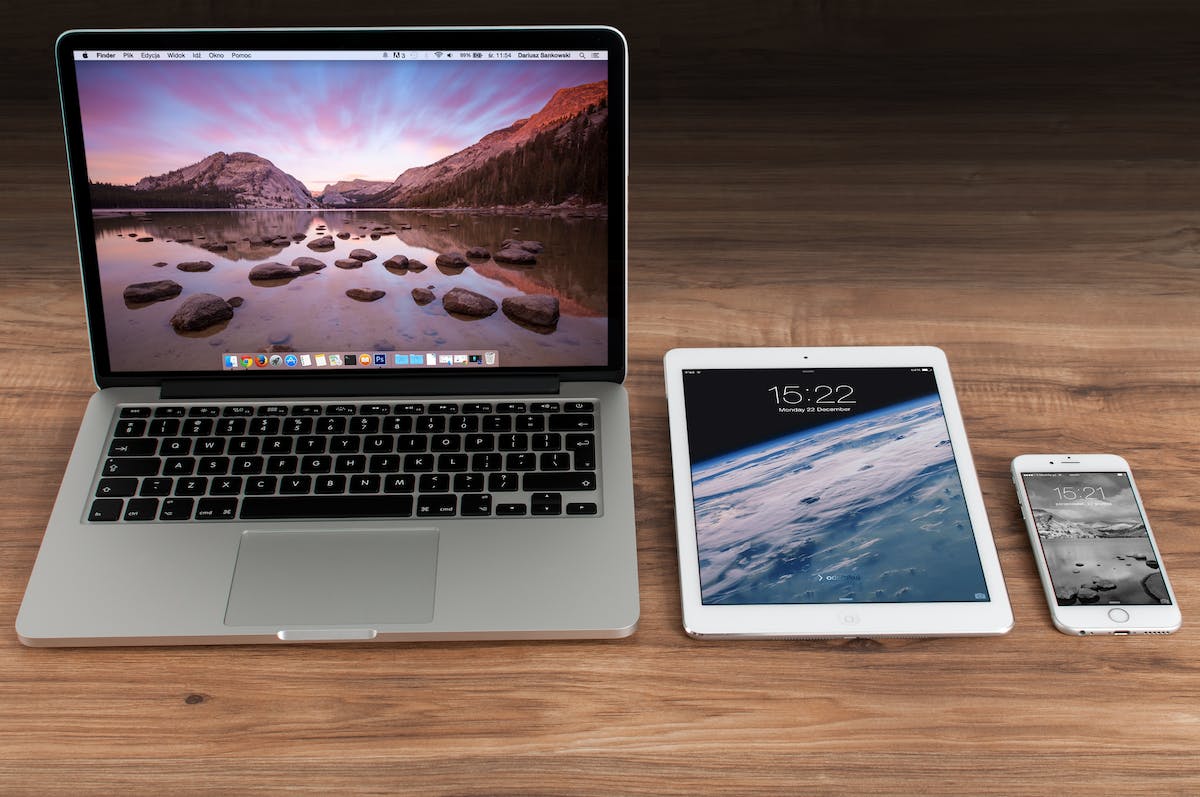Advertisement
Lifestyle
Despite Apple’s efforts to protect users’ privacy, iPhones have been revealing users’ unique MAC (Media Access Control) address

iPhones Have Been Exposing Your Unique MAC Despite Apple’s …
1. The Exposure of MAC Addresses
Apple places a significant focus on the privacy and security of their devices, making sure to use cutting-edge technologies to protect personal data. However, there had been concerns about iPhone devices exposing unique media access control (MAC) addresses. Despite the company’s vigorous efforts to secure user data, these specific instances may seem counterproductive.
The MAC address is a unique identifier for each device connected to a network. It is integral to the function of networks as it ensures every device can be identified individually. Its exposure could potentially lead to security loopholes, where malicious individuals could exploit this information for unsavoury intentions.
Apple attempted to curb this risk by implementing MAC address randomization. This makes the iPhone generate random MAC addresses to obscure the actual unique MAC address of the phone. However, reports have suggested that iPhones might still be leaking the real MAC address in certain situations.
Consider this: Alice is an avid internet user who frequently connects to public wifi hotspots. On one occasion, her iPhone’s MAC address was unfortunately exposed, allowing a hypothetical malicious individual named Bob to track her virtual activities. This occurrence demonstrates how important maintaining the privacy of the MAC address truly is.
- A MAC address identifies a device on a network.
- The exposure of the MAC address has potential security risks.
- Apple employs MAC address randomization to mitigate these risks.
- In some situations, iPhones might still expose their true MAC addresses.
- Even with advanced protection measures, potential loopholes exist.
- Maintaining MAC address privacy is of utmost importance.
2. Understanding MAC Randomization
So, what is MAC randomization and why is it important? Well, MAC randomization is a method used by Apple to proactively protect user privacy. The purpose of MAC address randomization is to prevent tracking based on the device’s MAC address, which provides a certain level of anonymity when connecting to different networks.
Apple introduced this technique in iOS 8 as part of its ongoing commitment to boosting user privacy and data security. But it hasn’t come without its share of criticism and loopholes. While designed to enhance privacy, reports have surfaced hinting at the potential exposure despite MAC randomization.
Still, MAC randomization plays a critical role in reducing tracking risks that could expose sensitive data or the location of the device. Despite the potential issues, it remains an essential element of Apple’s strategy for maintaining user privacy.
Assume that whenever Alice connects to public wifi, her iPhone produces an entirely different MAC address. This process hinders any individual attempting to track her activities through her MAC address, as the one they see isn’t associated with her actual device.
- MAC randomization adds a layer of protection and anonymity.
- This technique is implemented by Apple to boost privacy and security.
- Despite its purposes, there may be instances where the real MAC address is exposed.
- MAC randomization reduces risk by making it hard to consistently track a specific device.
- Circumventing MAC randomization holds severe potential risks.
- It forms an indispensable part of Apple’s user privacy protocol.
3. Cases of MAC Address Exposure
Despite MAC randomization, some users have reported incidents where their authentic MAC addresses were exposed. The primary concern about these cases is the potential for tracking or targeted attacks. As previously mentioned, the MAC address is a unique identifier, hence being privy to such data poses both a privacy and security risk.
Notably, these situations appear to be selective, leaving many users unscathed. This leads to the question of why these cases occur and how they might be related to user tendencies or device configurations. Understanding these phenomena better is fundamental to determining a solution.
In addition, the circumstances under which the MAC exposure happens are also of interest. Are there specific conditions that override the randomization feature? Or could it be associated with certain actions performed by the iPhone users? The more we understand about these occurrences, the better we’ll be able to avoid them.
To illustrate, let’s say Alice’s iPhone only exposes her actual MAC address when she adjusts her settings in a particular way or connects to a specific network. These variables could provide procedural cues into why some iPhones might expose their MAC addresses.
- Exposure of MAC addresses has been reported despite MAC randomization.
- This exposure poses considerable consequences on privacy and security.
- The reasons for this phenomenon remain unclear, prompting further investigation.
- Certain factors could potentially trigger such instances.
- A better comprehension of the process is essential to identify a resolution.
- Identifying conditions responsible for overruling randomization is crucial.
Summary
| Privacy and Security Concerns | Necessity to safeguard MAC addresses against tracking |
| Importance of MAC Randomization | To prevent traceability; however, potential loopholes exist |
| Incidents of MAC Address Exposure | Occurs despite MAC randomization, reasons remain inconclusive |












